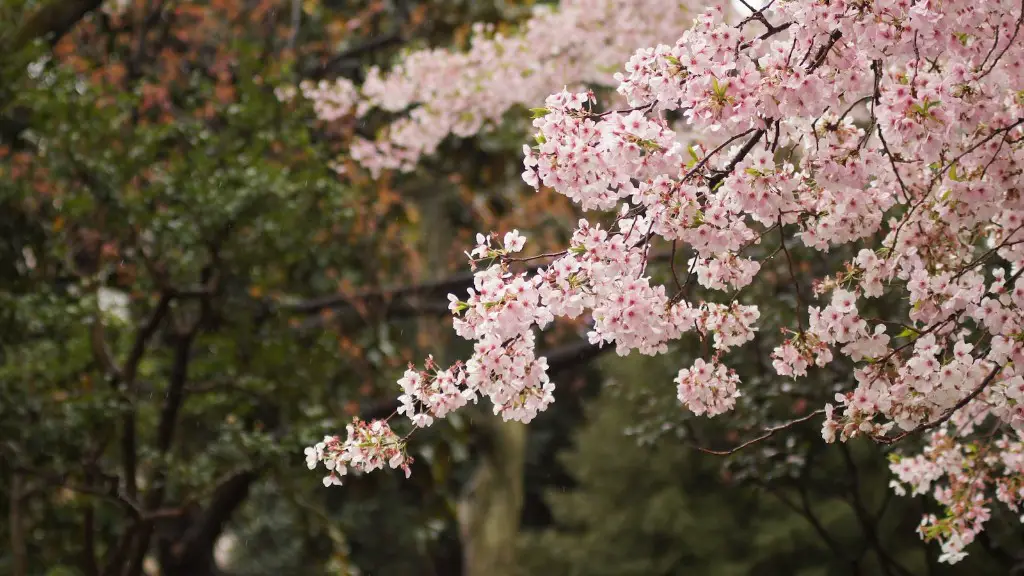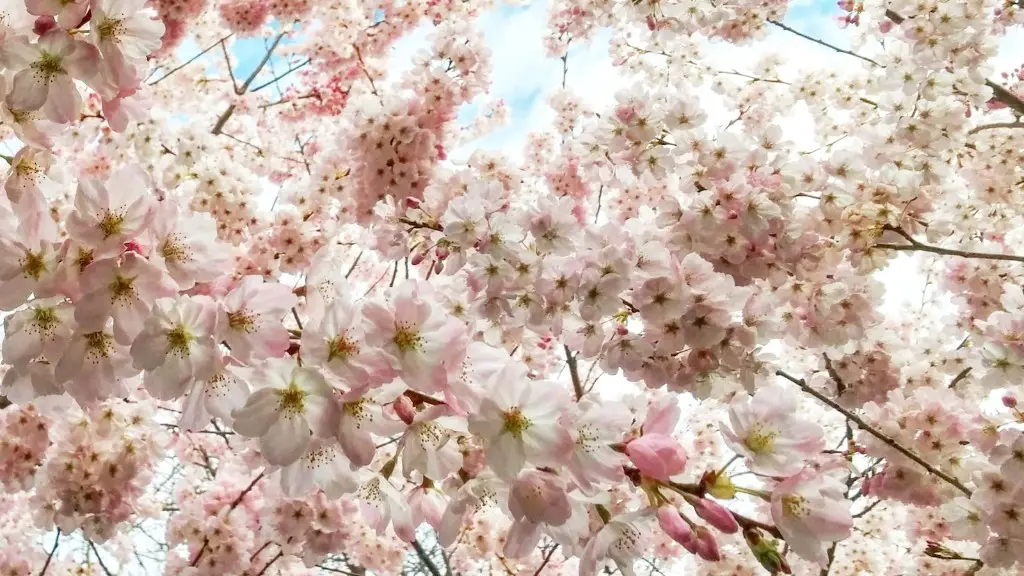As the days get colder and colder, many people worry about the condition of their gardens, especially their avocado trees. Avocado is a popular fruit, and many people love growing their own trees. But can an avocado tree survive the winter?
The short answer is yes, a mature avocado tree can survive winter in many areas, such as California and Florida, where the temperature rarely drops below 30 degrees Fahrenheit. But if you live in an area where temperatures plummet a few degrees below 30, you may need to take further measures if you want your tree to make it through the winter. In colder climates, it’s important to cover the tree with a tarp or blanket to protect it from the cold. You should also consider using a heated mat or water sprinklers to keep the soil around the tree warm. This will help preserve the vitality of your tree during the cold season.
Experts have varying opinions on the best way to protect an avocado tree in winter. Some recommend pruning the tree and removing dead or damaged branches, which can put less strain on the tree and protect it from extreme cold weather. Others recommend using a snow cover to further protect the tree against harsh temperatures.
It is important to take into account the type of avocado tree you have when attempting to calculate how it will fare during a cold winter. Some varieties of avocado tree are more tolerant of cold temperatures than others. If you are in a colder climate, it is best to opt for an avocado tree variety specifically designed to survive in colder temperatures.
No matter the type of avocado tree, there are certain steps that can be taken to help ensure its survival in the winter months. It is essential to water your tree well up until the first frost as this will help keep its roots hydrated and may help protect it from freezing temperatures. Additionally, you should avoid fertilising the tree in late winter or early spring as this can cause the tree to become overstimulated, leading to potential damage.
There are other ways to help make sure your avocado tree will survive a cold winter. If you live in a region where temperatures can drop drastically, you should invest in a frost jacket or mat to protect the tree during colder months. Additionally, use a watering system that can protect the roots of the tree in temperatures as low as 20 degrees Fahrenheit.
Although it is possible for an avocado tree to survive winter, it takes a lot of care and effort. If you are not prepared to take the proper steps to protect your tree from the cold, it is best to look for another solution, such as planting a species of avocado tree better suited for cold climates.
Selecting the Right Variety of Avocado Tree
When it comes to selecting the ideal variety of avocado tree for your area, it is essential to consider the microclimate in your location. Some varieties of avocado tree, such as the cold-tolerant ‘Bacon’ tree, can withstand temperatures as low as 20 degrees Fahrenheit, while other varieties may require temperatures to be significantly higher. Additionally, it is important to consider the amount of sunlight your tree will receive during winter, as some varieties may not tolerate low light or extended exposure to cold weather.
If you are looking to determine which type of avocado tree would be best for your location, consult with a knowledgeable arborist or horticulturist who is familiar with the area. They can provide valuable advice on the best variety of avocado tree for your climate, as well as any other measures you should take to protect your tree in winter.
Also, it is important to note that avocado trees can thrive year-round in subtropical climates with temperatures above 50 degrees Fahrenheit. If you live in these regions, you can continue to grow and harvest avocados from your own tree even during the winter months.
Preparing Your Avocado Tree in Autumn
Autumn is the perfect time to prepare your avocado tree for winter. During this season, inspect your tree for pests and diseases and take measures to remedy any problems. Additionally, prune your tree and remove any dead or damaged branches as this can limit the strain on the tree during colder months.
It is also important to water the tree thoroughly throughout autumn, as this will ensure that it is sufficiently hydrated prior to the winter months. Additionally, mulching the tree can help prevent the roots from freezing, as mulch acts as a buffer between the soil and the cold. Finally, it is essential to cover the tree adequately with a blanket or tarp to protect it at night.
Frost Jackets & Covers for Avocado Trees in Winter
Frost jackets, also known as tree cloches and winter covers, are a protective measure that can be used to shield your avocado tree from freezing temperatures. The jackets or blankets are placed over the tree and secured in place to help keep the tree warm and protect it from cold weather. To ensure that your tree is adequately protected, make sure the frost jackets or covers you choose are thick enough to provide a strong barrier between your avocado tree and the cold winter air.
In addition to frost jackets, you may also want to consider using a heated mat to keep the soil around your tree warm. This will help create a warming effect that can help preserve the vigour of your tree during the winter. Additionally, you may consider using a snow cover over your frost jacket to provide an extra layer of insulation for your tree in freezing temperatures.
Wrapping Up the Winter Care Ritual for Avocado Trees
Once winter is over, it is essential to de-stress the tree gradually before starting any heavy pruning or fertilising. To do this, start by removing the frost cover, heated mat, and snow cover from the tree. Once these protective materials are removed, begin to water your tree more frequently and inspect it for any further damage.
Once your tree begins to show signs of recovery, it may be time to start pruning and fertilising as necessary. Pruning your tree during late spring or early summer can help keep your avocado tree healthy, as it removes dead or damaged branches and promotes better air circulation. As for fertilising, depending on the type of avocado tree you have, a slow-release or organic fertiliser can be used if you want to give your tree the nutrients it needs.


